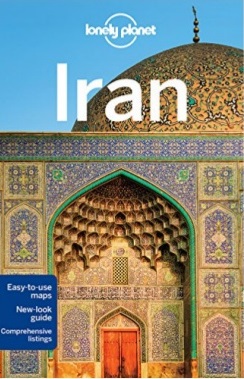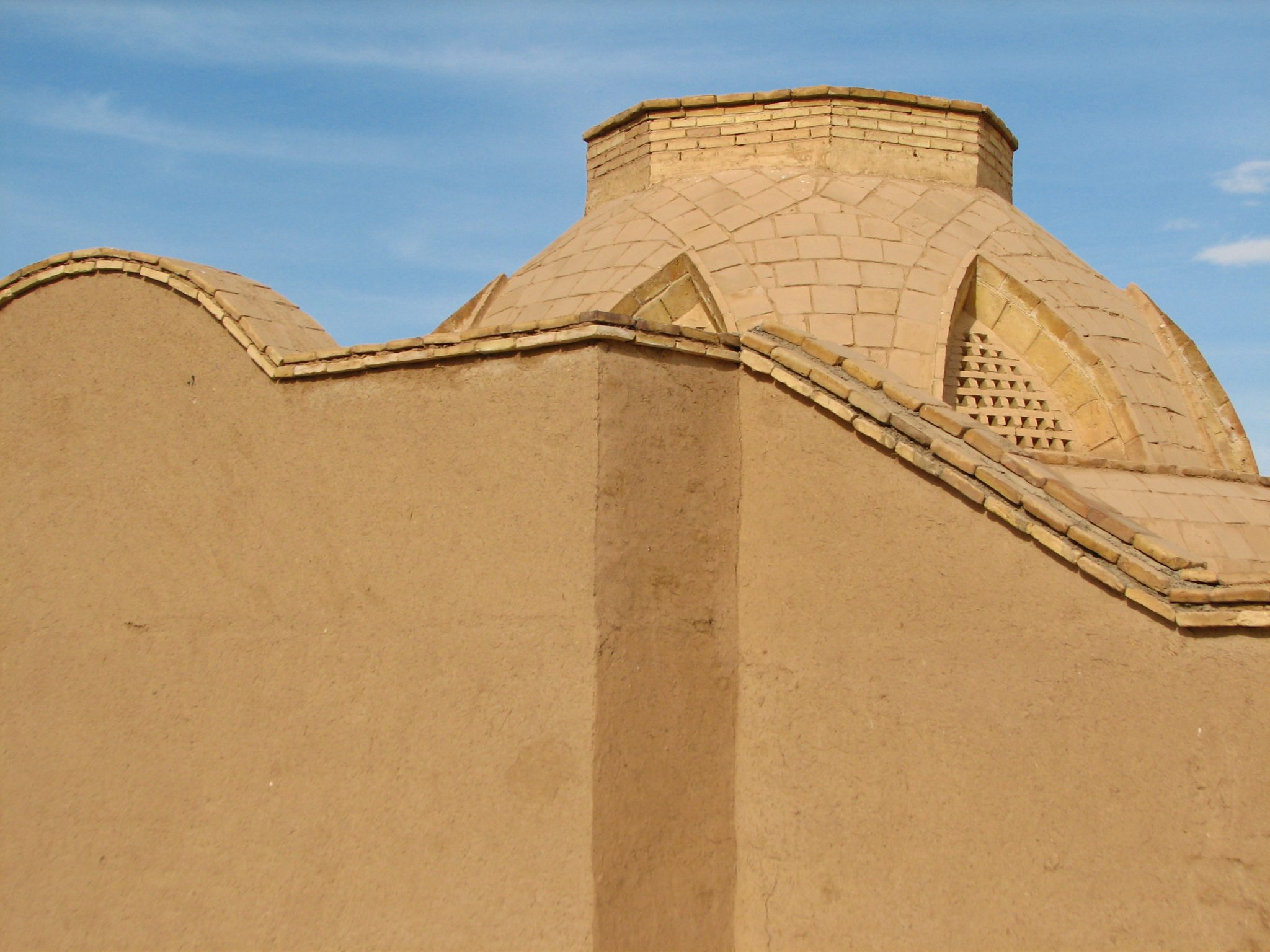| Capital and Largest City: | Tehran |
| Most Populated Cities: | Tehran, Mashhad, Isfahan, Tabriz, Karaj, Shiraz, Ahvaz, Qom |
| Area: | 1,648,195 km2 (17th in the world) |
| Population: | 81,672,300 (2018 estimation; 18th in the world) |
| Currency: | Rial (also Toman; 10,000 Rial equals 1,000 Toman) |
| Internet TLD: | .ir |
| Calling code: | +98 |
| Borders: | Pakistan, Afghanistan, Turkmenistan, Azerbaijan, Armenia, Turkey, and Iraq |
| UNESCO World Heritage sites in Iran: | 1. Naghsh-e Jahan Square 2. Persepolis 3. Tchogha Zanbil 4. Takht-e Soleyman 5. Bam and its Cultural Landscape 6. Pasargadae 7. Soltaniyeh 8. Bisotun 9. Armenian Monastic Ensembles of Iran 10. Shushtar Historal Hydraulic System 11. Sheikh Safi al-din Khanegah and Shrine Ensemble in Ardebil 12. Tabriz Historic Bazaar Complex 13. The Persian Garden 14.Gonbad-e Kavus 15. Masjed-e Jame of Isfahan 16. Golestan Palace 17. Shahr-e Sukhte 18. Cultural Landscape of Maymand 19. Susa 20. Lut Desert 21. The Persian Qanat 22. Historic City of Yazd 23. Sassanid Archaeological Landscape of Fars Region |
| Important Rivers: | Karun, Karkhe, Dez, Zayande Rud, Zarine Rud, Sepid Rud, Aras, and Atrek |
| Important Mountains: | Damavand, Alam Kuh, Sabalan, Sahand, Taftan, Alvand, Oshtoran Kuh, and Dena |
| Highest point in Iran: | Mount. Damavand (5,610 meter above sea level) |
| Lowest point in Iran: | Caspian Sea shore (28 meter below sea level) |
| Language: | Farsi |
| Voltage: | +220 |
| Driving side: | Right |
| Important dates in Iran in 2019: | Noruz: 21 March 2019 Ramezan month: 6 May – 4 June 2019 Tasu’a: 9 September 2019 Ashura: 10 September 2019 |
| Flag: | |
| Emblem: |
Why Iran:
| Among Middle-Eastern countries, Iran, with 23 sites, has the most registered sites in the UNESCO World Heritage list. Ancient history, social and cultural diversity, and also diversity in nature, have attributed to a great destination: Iran. Nowadays, it is also really economical to travel to Iran. |
Climate:
Generally, Iran is a warm, dry country with low rainfall. It is recommended to plan your visit remembering not to be in the southern parts of the country in late June till late September.
Four types of climate can be seen in Iran:
- Desert climate and semi-arid climate: Covering most parts of Iran and southern parts of the country. Can be distinguished by a long period of dry and warm weather for more than 7 months of the year, and an annual rainfall of 30-250mm.
- Mountain climate: Can be seen in high altitude regions, with an annual rainfall of 250-600mm.
- Caspian climate: Covering southern shores of the Caspian Sea, with an annual rainfall of 600-2000mm
- Mediterranean climate: Covering western parts of the country. During summer, with a very warm weather in valleys and moderate weather in high altitude regions. During winter, with a moderate weather in valleys and very cold weather in high altitude regions
| city | max. average temperature | min. average temperature | average temperature |
annual rainfall |
| Tehran | 23.1°C | 13.9°C | 18.5°C | 331mm |
| Isfahan | 24.1°C | 8.0°C | 17.2°C | 118mm |
| Shiraz | 26.3°C | 11.6°C | 18.9°C | 324mm |
| Yazd | 27.4°C | 14.3°C | 19.7°C | 62mm |
Iran Problems:
Alcoholic Beverages
It is against the law to bring, carry and drink alcoholic beverages in Iran. Tourists should bear in mind that there is no place in Iran for selling and drinking alcoholic beverages.
Hijab
It is obligatory for women to have hijab in Iran; therefore, female tourists should also abide by this law and have hijab. Having hijab means that your hair shouldn’t be seen and you need to wear something long and loose. The following photos can be used as a reference on how tourists travel in Iran.
When visiting a religious place or a shrine, women should wear a specific form of hijab called “chador”. In some places, like “Shah-e Cheragh”, you will be given a chador before entering the premises.
Books:

| Title | Iran |
| Authors | Simon Richmond, Jean-Bernard Carillet, Anthony Ham, Jenny Fiona Hawkes Walker, Stephen Raymond Waters |
| Edition | 7, illustrated |
| Publisher | Lonely Planet, 2017 |
| Length | 384 pages |




